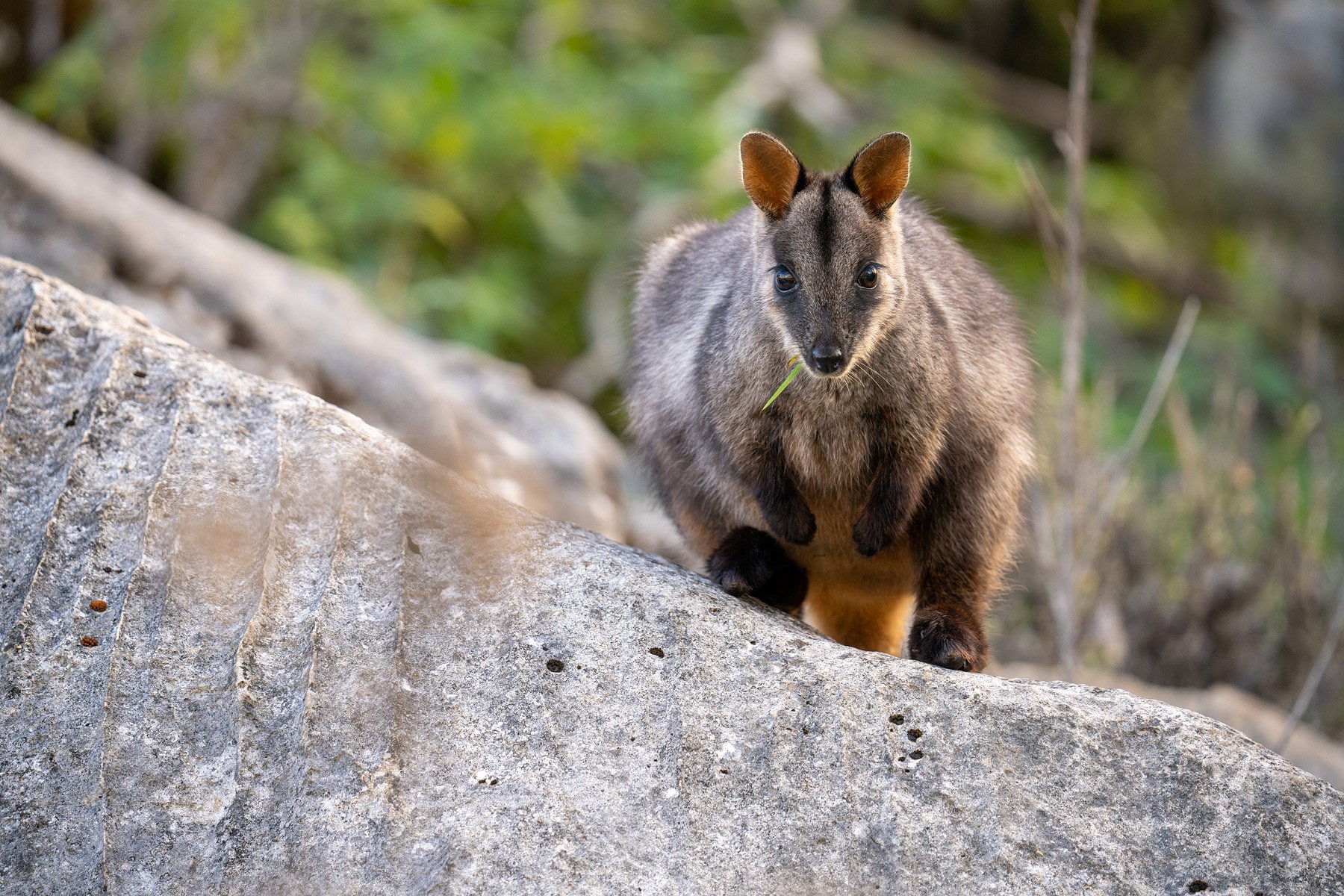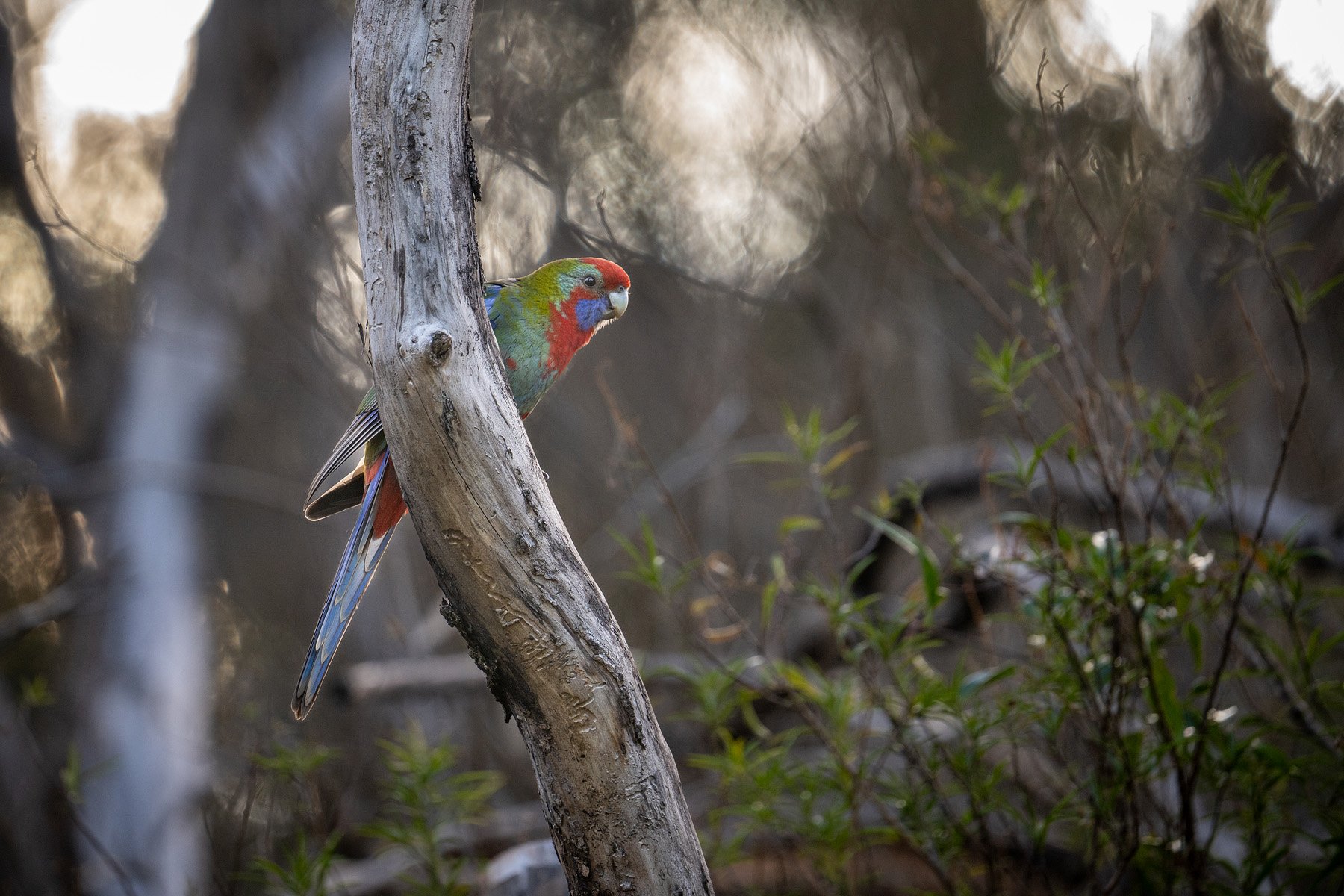
Jenolan’s native wildlife
The Jenolan Karst Conservation Reserve (JKCR) is part of the Greater Blue Mountains World Heritage Area and is approximately 3,085 hectares in size. JKCR is a wildlife sanctuary and home to many species of native plants and animals. Some of these are rare, threatened species like the Brush-tailed Rock-wallaby and Spotted-tailed Quoll. Many shy native animals do not venture into the immediate vicinity of the caves, and being nocturnal, are rarely seen. We do not feed or encourage native animals to become tame. However, with patience and careful observation, you might spot wild animals here during the day. For your own safety (and for the health of the native wildlife), please don’t approach them or feed them.
Our resident wildlife expert, Dr Anne Musser is also a guide, palaeontologist and accomplished photographer. View a gallery of Anne’s Jenolan wildlife photos.
Biodiversity at Jenolan
Jenolan is an important wildlife sanctuary, and part of our responsibility is to know about the species that live here. Biodiversity work over the past decade (2012-present) includes a vertebrate fauna survey by the Office of Environment and Heritage and Karst Geodiversity and Trust (2011-2012); the Linnean Society of New South Wales Jenolan Symposium (2013) bringing together specialists from many different areas; palaeontological surveys of bones in the caves; subterranean spider research; and wildlife surveys using tools like CyberTracker (a specially designed tracking app) and remote camera monitoring. We’ve now identified several species not previously known from Jenolan, and some invertebrate species new to science. This ongoing work increases our knowledge of biodiversity at JKCR and its global significance as a wildlife reserve.
Jenolan Caves is one of the oldest cave systems in the world. The region is also an important conservation sanctuary. Our team is committed to protecting our unique flora and fauna for future generations.








